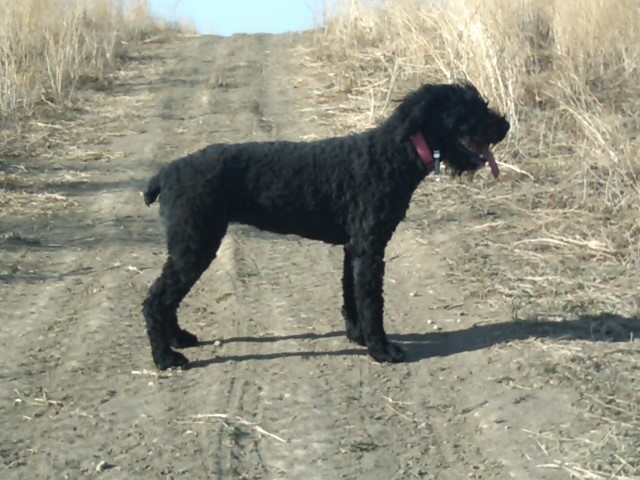QuestionI'm considering getting an older abandoned Pekinese to add to our family. I was able to address pack position with my Chihuahua without too much difficulty. Who has the the more dominant personality the chi or the Peke?
AnswerI'm not understanding what you mean by "address pack position with my Chihuahua". I assume you taught this dog to respect and trust you with a calm, consistent demeanor and the use of positive reinforcement training.
Every individual is unique regardless of breed or type. While certain breeds and their first generation mix have a stronger predilection toward "dominant" temperament (a term poorly understood even in the dog training world), there are vast exceptions to this 'rule'. Members of both breeds, Peke and Chi, can be high strung, tough, soft, fearful, subdominant, bidable, reluctant, etc. This is a factor of temperament and acquired behavior.
Introduce both dogs off your property at least twice, first on leash in the following manner: have someone approach you and your Chi with the Peke while both dogs are on leash, then stop at about five feet and then walk parallel to one another. The dogs will be reacting to each other's presence: observe this. Learn how to read their body language by going to the following site so you will know what you're seeing:
http://www.canis.no/rugaas/index.ph
Look for calming signals (you will learn how to read them at the above site) and other communications. Walk in this way for a few minutes then stop and approach one another CALMLY while observing both dogs. Signs of excitement (such as pulling, lunging, whining, barking) does not indicate a problem. Let the dogs sniff, circle each other (on leash) and interact. If either dog demonstrates overt aggression (sudden snarl and snap or attempt to bite), quickly separate them and walk parallel again for a few minutes then try again. How well a dog has been socialized to other dogs is an indication of how easily a transition can be made in a home with another resident dog. Even a dog that has not been socialized well can learn to live with another dog; this is dependent upon the human in charge. Unless full blown serious aggression with intent to harm is visible (which would be rare in first meetings but not unheard of), you can then proceed to take both dogs to an area which is safely fenced and drop the leashes (not remove them, this allows you to still control the dog(s) by stepping on, or picking up, the leash). Observe their free interaction. Most likely they will establish some sort of rapport or at least a minimum of acceptance. Taking them onto your property is the next step, and then introducing the new dog to the interior of your home on house tab (leash with handle cut off) so you can control his movements.
It's kind of you to be willing to take in an abandoned, homeless animal. Many thousands of dogs are adopted into homes with a resident dog and successfully so. The odds are this will work so long as you offer a calm period of introduction.

 Dog walking problems
Question
Snickers
I have been trying to train my dog SN
Dog walking problems
Question
Snickers
I have been trying to train my dog SN
 aggression in aging dog
Question
Niko
I have a thirteen year old, female, Samoy
aggression in aging dog
Question
Niko
I have a thirteen year old, female, Samoy
 dogs behaviour
QuestionMy 8 months old Dusto
QUESTION: My puppy
dogs behaviour
QuestionMy 8 months old Dusto
QUESTION: My puppy
 Very Scared Dog
Question
Happy
My dog is 17 months old and is a mixed b
Very Scared Dog
Question
Happy
My dog is 17 months old and is a mixed b
 I was riding my bicycle when my 1yr old Bouvier bit my leg
Question
Pup
Hello, I have a 1yr old intact Bouvier bit
I was riding my bicycle when my 1yr old Bouvier bit my leg
Question
Pup
Hello, I have a 1yr old intact Bouvier bit